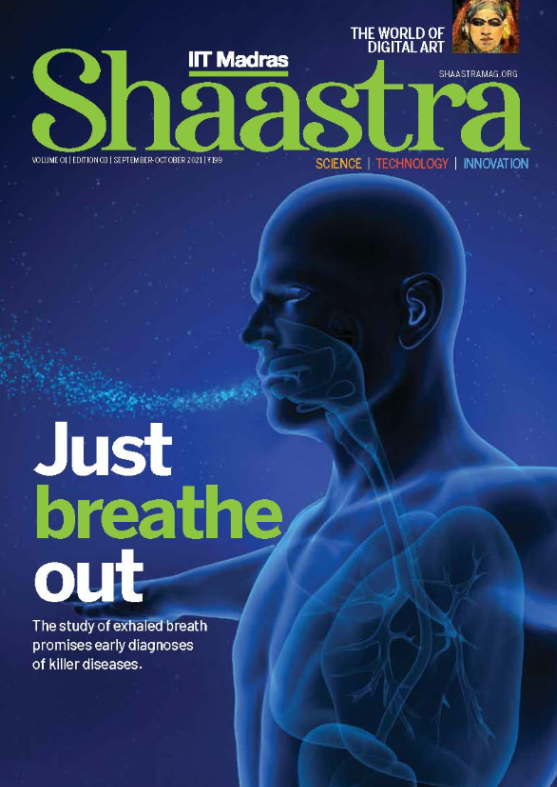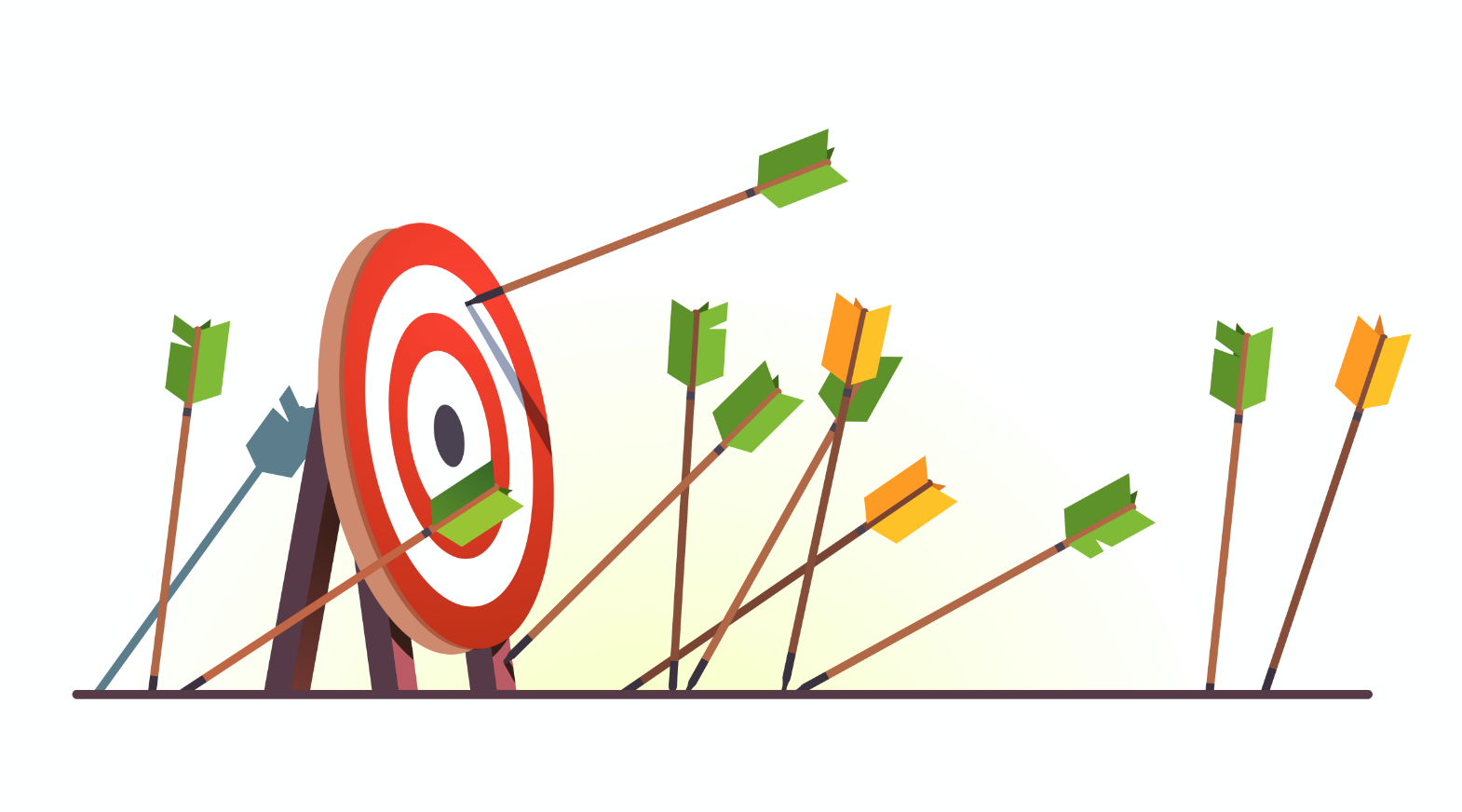Learning from locusts
-
- from Shaastra :: vol 03 issue 03 :: Apr 2024

Scientists are pushing human olfactory limits with the help of bugs.
In terms of olfactory capabilities, humans are easily surpassed by our best friend, dogs – but, surprisingly, even insects. Recognising this gap, researchers have pondered on ways to push the limits of human olfaction by integrating nature with technology. "Why don't we use biological systems to recreate our own?" asks Baranidharan Raman, Professor of Biomedical Engineering at Washington University in St. Louis (WashU), who has been researching locusts' olfactory systems for two decades, aiming to create bio-hybrid chemo-sensors and cyborgs.
The sudden transformation of a solitary grasshopper into aggressive, crop-infesting swarms sparked the scientific interest in locusts. With their approximately one million neurons, locusts possess small, robust and energy-efficient neural circuits. Additionally, they exhibit a versatile sense of smell. Working with locusts also has technical and ethical benefits.
PAST ISSUES - Free to Read


Have a
story idea?
Tell us.
Do you have a recent research paper or an idea for a science/technology-themed article that you'd like to tell us about?
GET IN TOUCH














